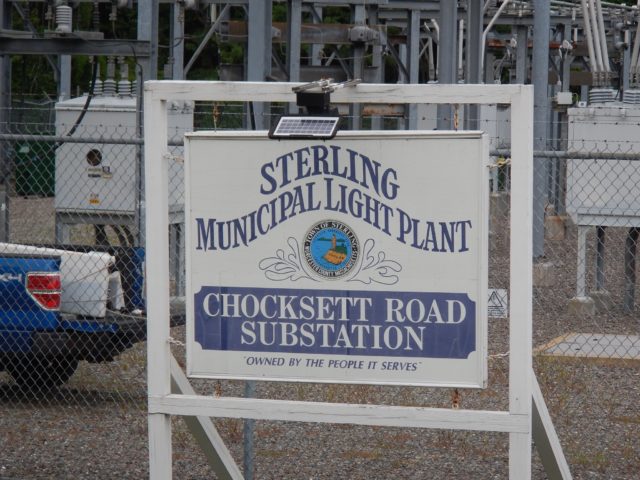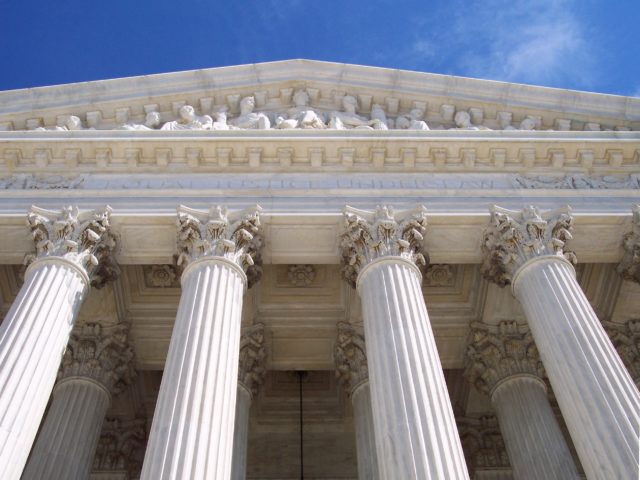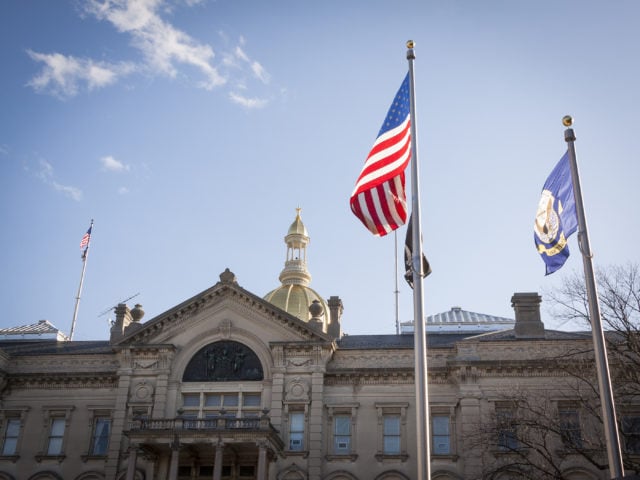Todd Olinsky-Paul
The town of Sterling, Massachusetts will celebrate its Municipal Light Department’s new energy storage system with a groundbreaking ceremony next week.
The next wave of clean energy policy making will be more focused on energy storage, as evidenced by the release this week of the long-awaited Massachusetts energy storage report, titled “State of Charge.”
This month, construction was completed on the nation’s first offshore wind farm, a 30 MW, five-turbine project located three miles off the Block Island shore.
Although many municipalities have gained some limited experience in the area of distributed energy resources, mostly due to the success of the distributed solar industry, adding energy storage and islanding capability to the mix raises a whole new set of questions.
Some utilities’ opposition to the so-called free ridership of solar customers, and the related downward pressure on the value of net metering, has become an oft-repeated headline. But this month, utilities and solar developers in New York pioneered a new, cooperative approach to the issue that deserves close attention.
Recently, solar advocates and industry celebrated the renewal of the federal ITC, which will continue to provide significant economic support for solar. On a state and local level, however, the outlook seems less rosy.
Clean energy innovations tend to follow a familiar arc. The newest best thing, whether that is rooftop solar, a Tesla PowerWall, or a Prius in the garage, is bought at a premium by first adopters.
For a while there, PJM was looking like the promised land for behind-the-meter solar+storage vendors.
In a long-awaited decision, the U.S. Supreme Court has ruled that with its Order 745, FERC was doing exactly what it is supposed to do: enhancing grid reliability and keeping ratepayer costs down by encouraging competition.
The New Jersey BPU is back with an improved program and a larger budget, ready to try again.














